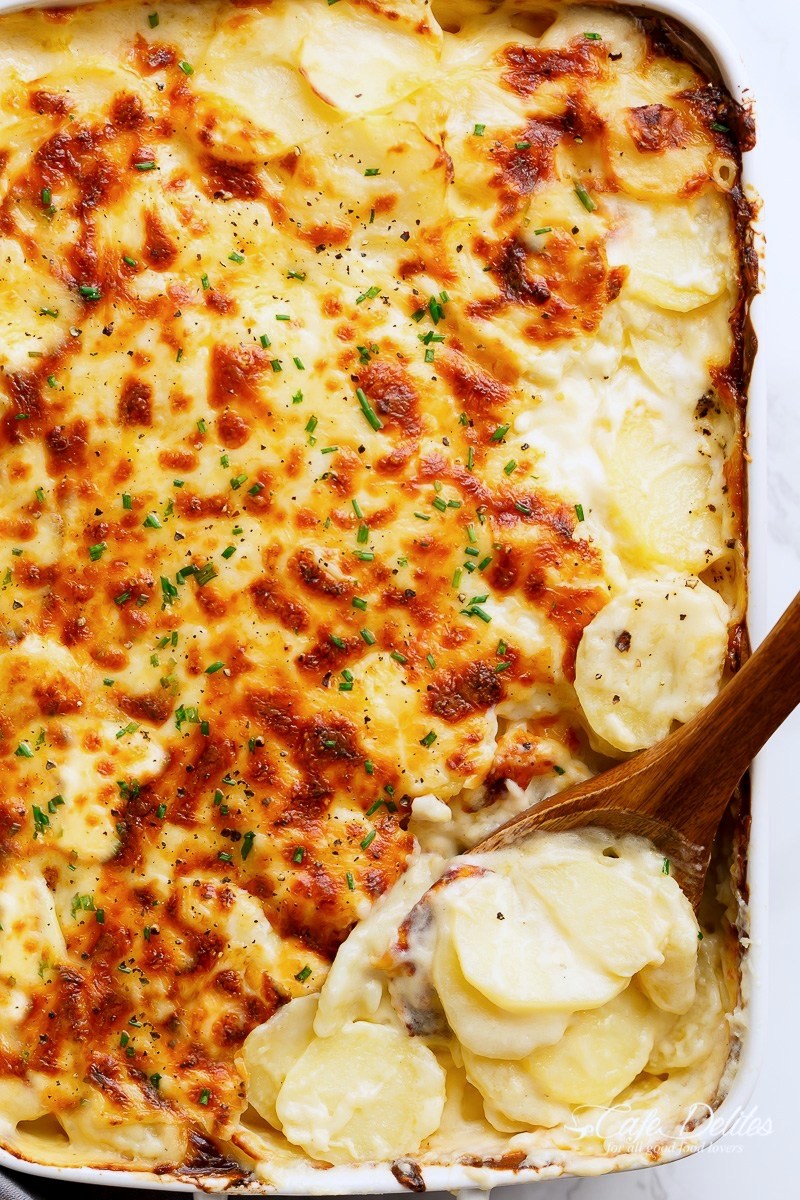For Romanian chef Oana Irina Coantă, remaining true to local culinary traditions is what first propelled her into professional cooking, and it’s what’s kept her there. For over two decades since the age of 19, she has run the kitchen at Bistro de l’Arte restaurant in Brașov, Romania. And she has made it her mission to put tradition on the menu ever since.
Located in the green and mountainous Transylvannia region of Romania, and tucked down a cobbled alley in Brasov’s old town, her ancient bistro’s vaulted brick and stone interior sets the scene for Coantă‘s authentic slow-food style, and a menu showcasing traditional ingredients and recipes. Named Chef of the Year by Gault & Millau in 2019, Coantă is self-determined and dedicated to her craft and her region. And she continues to inspire local chefs, especially women.
Coantă discovered her love of cooking at a young age, and after a short deviation studying PR and journalism, she returned to her childhood passion. “I believe in local recipes, and I am following this direction by taking local dishes and adapting them to the city life.”
“Every day is a new project for me – every menu, every ingredient I find at the market. I am not looking further than one week. Every season is a challenge,” she says.
“Sometimes it seems that I do not have enough time to salt, smoke, dry or ferment everything I find available.”
Photo: Whole smoked farm hen and paprika
Coantă‘s simple and seasonal menu is constantly changing. From hearty soups and generous salads, to even heartier dishes like pasta with pork belly ragù, chicken baked with plums, or fried trout with polenta, she uses ingredients from farms in the area. Legendary drinks like the ‘strong oyster’ – a mix of plum brandy, apple juice and Galliano – accompany the dishes, alongside local wines.
Photo: Meatballs in rosehip jam (left), local snail pilaf (right)
Popular bistro dishes include maize pancake (which is not really a pancake, she explains), filled with confit local smoked meat, sausages and fermented local cheese. Meanwhile, for dessert, ișler, a very local and forgotten dish, is showcased, as well as gomboti, a cinnamon dumpling filled with seasonal fruits.
As both a chef and restaurant manager now in her forties, Coantă admits she has learnt alot of lessons along the way. Most importantly, she has learnt that being surrounded by the right people is key. “It does not matter if you cook with the most expensive kitchen tools if you don’t have a good and relaxed team. All the praise, awards and clients’ appreciation are the result of a good and creative team,” she says.
In a kitchen that is open all day – from breakfast time through to dinner – she understands all the challenges and demands intimately, and works at keeping a happy team. “I joke sometimes and say that we have a Stockholm syndrome here. Basically, I am asking a lot and giving a lot back. Working in the kitchen is a very demanding job and you must compensate with normal working hours, sometimes with jokes, to keep teaching your team and not punish them for making mistakes under pressure.”
Photo: Local cake of burnt butter
As a judge on the panel for the South East Europe and the Mediterranean regional final of the forthcoming S.Pellegrino Young Chef Academy competition, Coantă will be charged with assessing the signature dishes and presentations of 10 young chef finalists from the region.
Most importantly, she’ll be looking for the next generation of chefs to adopt her ‘no waste’ approach to cooking, especially when cooking old or local recipes in a modern manner.
Photo: Fresh spinach pancake and chèvre
For those ambitious young chefs competing, Coantă has these three simple pieces of advice: “Keep it simple – less ingredients, good technique. Do not cook to impress other chefs, cook for you and for you guests. And keep learning – use your free time to try and fail, then start again.”
Photo: Gomboti cu capsuni (left), Isler (right)








